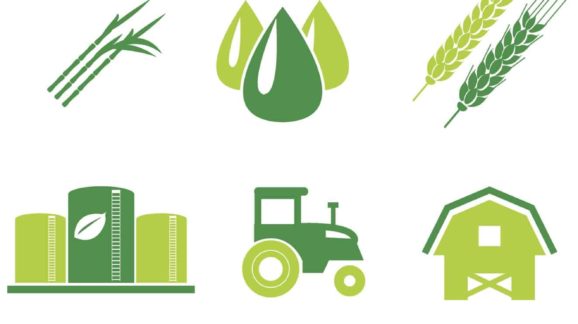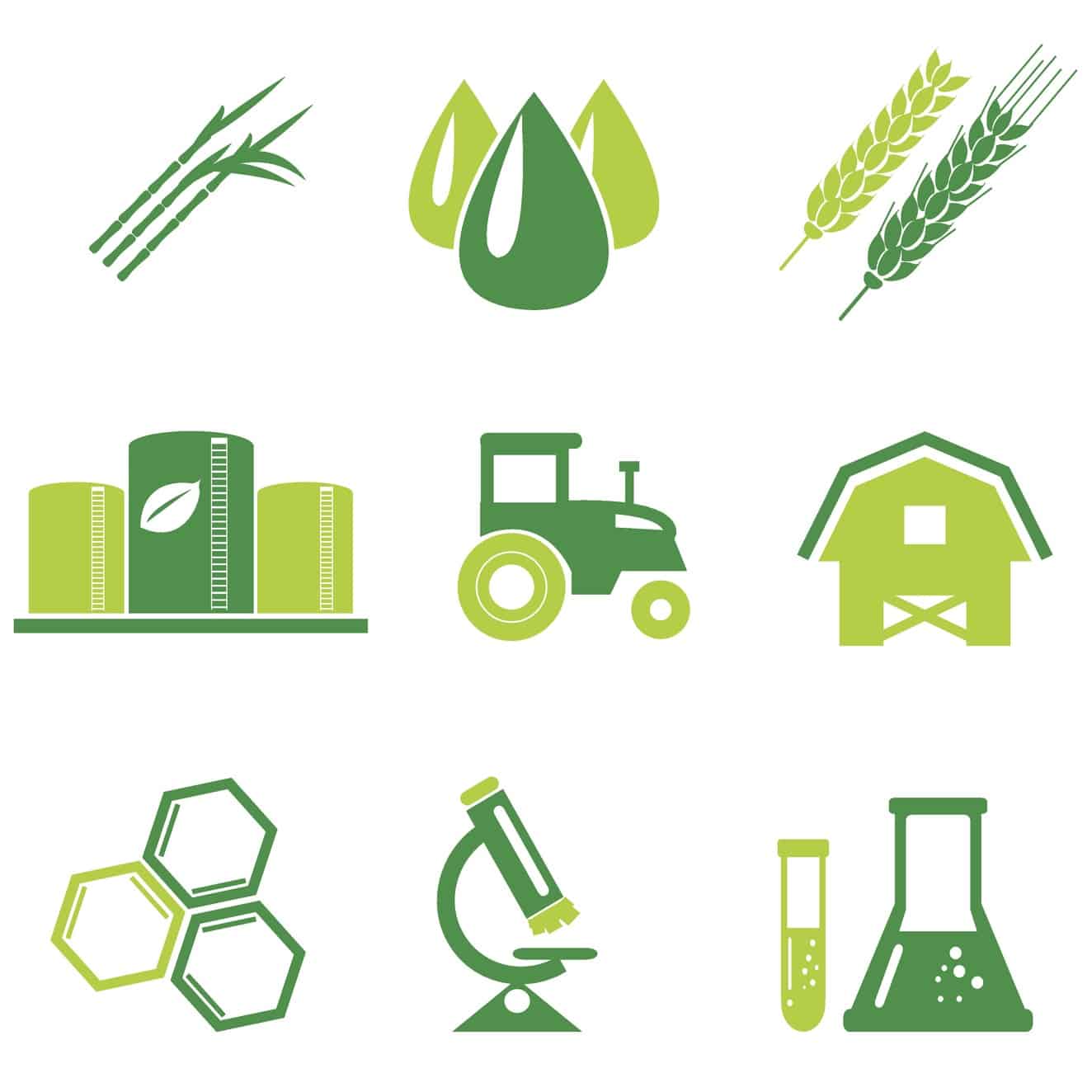Does Global Warming Policy Increase Summer Swelter?

 Supporters of the Environmental Protection Agency’s Renewable Fuel Standard (RFS) claim the program “mitigates” anthropogenic global warming by substituting biofuels for petroleum products in the nation’s motor fuel supply. Some environmental researchers and advocates disagree. According to them, the lifecycle carbon dioxide (CO2) emissions of energy crop production, processing, and consumption equal, or exceed, those associated with petroleum extraction, refining, and consumption.
Supporters of the Environmental Protection Agency’s Renewable Fuel Standard (RFS) claim the program “mitigates” anthropogenic global warming by substituting biofuels for petroleum products in the nation’s motor fuel supply. Some environmental researchers and advocates disagree. According to them, the lifecycle carbon dioxide (CO2) emissions of energy crop production, processing, and consumption equal, or exceed, those associated with petroleum extraction, refining, and consumption.
I won’t try to settle that highly technical disputation, but this much is clear: even if the RFS does reduce CO2 emissions, the climatic effects are too small for anyone to notice, measure, or verify.
In contrast, corn and soy production discernibly increase the combined heat and humidity of hot summer days in the Midwest, according to a recent Associated Press article, humorously titled “Midwest mugginess linked to crops working up a corn sweat.” And although not mentioned in the article, the link between the RFS and expanding cultivation of those two energy crops is obvious.
The AP reports:
Midwest's first dangerous bout of heat and humidity this summer is partly to blame on the moisture piped out of the ground and into the atmosphere by the increasing acreage of corn crops reaching peak maturity, meteorologists and atmospheric researchers say. That muggy mist, jokingly called “corn sweat,” gets blown around the country, even enveloping more distant urban areas, like Chicago and Minneapolis.
Corn sweat, more technically known as evapotranspiration, influences regional climate as follows:
Basically, when corn crops mature in late July, they act like billions of straws drawing up soil moisture. It beads up on vast leafy canopies and is carried off by warmer air. Much of the humidity enveloping the region this week is siphoned off the Gulf of Mexico, but a measurable contribution comes from corn and soybean crops, say researchers like Ken Kunkel, a professor of atmospheric sciences at N.C. State University.
I sent the AP article to University of Alabama in Huntsville atmospheric scientist John Christy, who elaborated a bit on the mechanisms at work: “The indigenous prairie grasses would shut off transpiration when stressed, but corn is a very thirsty plant and transpires continually, drawing moisture from deeper down and depositing it in the near-surface air. Corn is also darker than prairie grasses, so allows more solar absorption.”
Agriculture has been humidifying the Midwest for decades. Kunkel and colleagues found that “above average soil moisture and evapotranspiration” increased “apparent” (experienced) temperature during the 1995 heat wave that killed several hundred people in Chicago. Adaptation keeps reducing U.S. heat-related mortality from one decade to the next. Nonetheless, it’s worth noting that corn and soy are perspiring from millions of additional acres since Congress dramatically expanded the RFS in 2007.
Based on YCharts, the online financial data research platform, I calculate that the number of corn acres planted during 2007-2016 averaged 91.1 million annually. That’s about 12 million acres more than the average of the previous 10 years, when annual acreage never exceeded 81.8 million.
U.S. farmers planted about 6.1 million more corn acres this year than last. As the AP reports, “More than 94 million acres of corn were planted this year, an increase of 7 percent from 2015, according to the U.S. Department of Agriculture. That's the third-highest corn acreage since 1944. Soybeans, which also contribute to humidity levels, are at record high acreage, too.”
The irony is obvious. A central planning scheme created to combat global warming is increasing summer swelter in the Midwest.